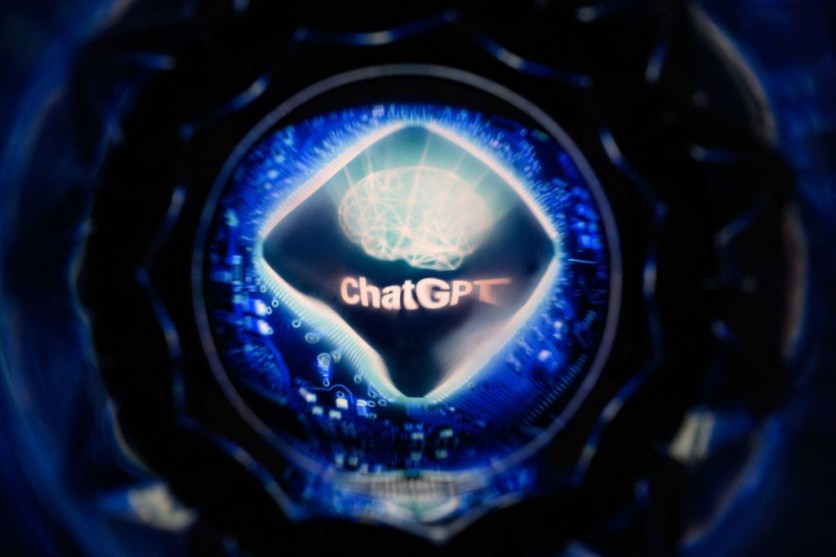OpenAI is taking steps to integrate its ChatGPT into educational settings by releasing a guide for teachers using the AI chatbot in their classrooms.
While ChatGPT has found applications in various sectors, including content generation and customer service, its utilization in the education system raises concerns about the AI chatbot's accuracy and bias. OpenAI has recognized the need to provide guidance to teachers using ChatGPT in their classrooms.
To facilitate this, the organization has released a guide that includes suggested prompts, an explanation of ChatGPT's functioning, its limitations, information about AI detectors' effectiveness, and addressing issues related to bias.

Using ChatGPT for Learning
According to OpenAI, educators have been exploring diverse ways to leverage ChatGPT to enhance student learning, and here are some examples.
1. Role-Playing Challenging Conversations: Dr. Helen Crompton, a Professor of Instructional Technology at Old Dominion University, encourages her students to use ChatGPT as a conversational partner. It assumes different personas like debate partners, recruiters, or bosses to facilitate nuanced discussions and gain fresh perspectives.
2. Creating Educational Materials: Fran Bellas, a professor at Universidade da Coruña, recommends ChatGPT as an assistant for crafting quizzes, exams, and lesson plans. By sharing the curriculum with ChatGPT, teachers can generate new ideas and ensure that questions are inclusive and suitable for students.
3. Support for Non-English Speakers: Dr. Anthony Kaziboni, Head of Research at the University of Johannesburg, employs ChatGPT to aid students who primarily do not speak English. It assists in translation, improving English writing skills, and practicing conversation to bridge language gaps.
4. Teaching Critical Thinking: Geetha Venugopal, a high school computer science teacher in Chennai, India, teaches her students about AI tools and responsible internet use. She advises students to critically evaluate ChatGPT's responses and encourages them to cross-verify information from primary sources.
Read Also : AI-Generated Sports Articles Suffer Mockery on Social Media Prompting Gannett to Halt LedeAI Experiment
AI in Education
To facilitate educators' use of ChatGPT, OpenAI has provided example prompts to initiate interactions. These prompts are tailored to various scenarios and can assist teachers in creating engaging learning experiences for students.
It's crucial to remember that ChatGPT, while a valuable tool, may not always provide accurate information and must be used judiciously. Educators are advised to review the output and assess its suitability for their specific classroom context.
OpenAI's initiative aims to empower educators with AI-driven tools to enhance their teaching methods and help students learn more effectively. By providing these resources, OpenAI seeks to strike a balance between technological innovation and responsible education.
While the integration of AI tools like ChatGPT into classrooms has the potential to revolutionize teaching and learning, concerns about bias, accuracy, and overreliance on AI remain at the forefront of discussions.
The debate on using AI tools in the education sector remains a contentious topic, especially with the continuous rise of AI tech.
Related Article : ChatGPT Enterprise: OpenAI's New Version of the Chatbot with Unlimited Access-For Business?

ⓒ 2025 TECHTIMES.com All rights reserved. Do not reproduce without permission.




